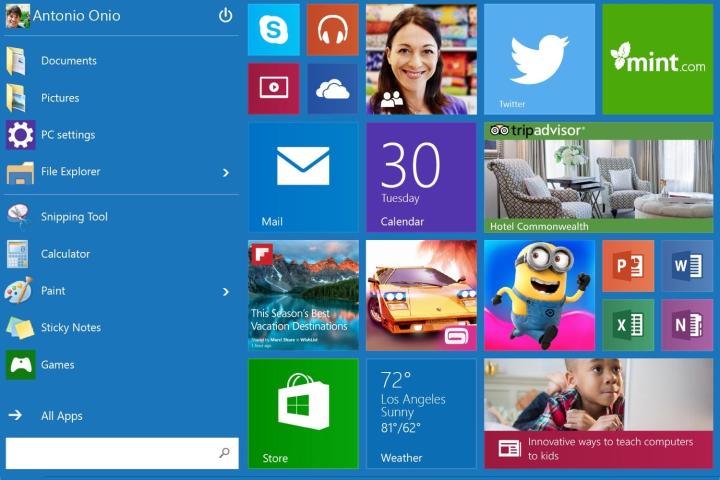
The rough number of steady previewers is 450,000, who are “really using the build day to day and putting it through its paces.” User engagement is up considerably compared to Windows 7 or 8.1 beta, or Windows 8’s Developer Preview.
Of course, this time around, Redmond welcomes suggestions from average consumers, not just skilled developers, and the firmware update pace aligns perfectly with optimization work performed backstage.
The Technical Preview rolled out as version 6.4.9841 on October 1, moved to build 6.4.9860 three weeks later, and then 6.4.9879 roughly a month ago. A big bump in kernel stability is being prepped for the next release, which is why Microsoft is taking its sweet time before making Windows 10.0.9888 and 10.0.9901 available to the masses.
Both software packages have leaked online in recent weeks. Microsoft says it’s fine with that, but those thinking of upgrading early should be wary. Anyone using the leaked builds won’t be able to automatically install the next official build, having to rely on manual upgrades via .Iso files instead.
January 21 is shaping up like a big day in Windows 10’s road to market, and Gabe Aul further hyped next month’s event by saying “we’re super excited to show you what we’ve been up to”, and “we’re really focused on making the next build something that we hope you’ll think is awesome.”
Oh, and in case you’re wondering, Microsoft has quashed almost 1,300 bugs based on reports and upvotes received from Technical Previewers. Hopefully the quick pace of fixes will mean a solid final release next fall.


